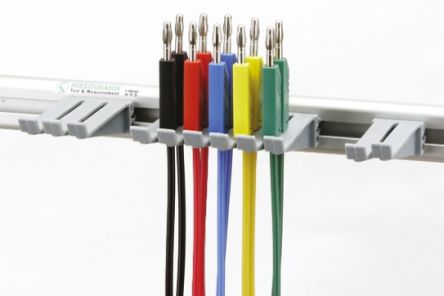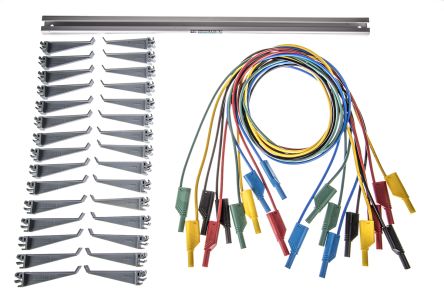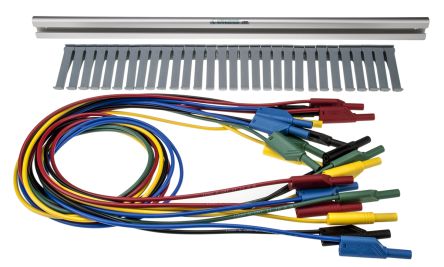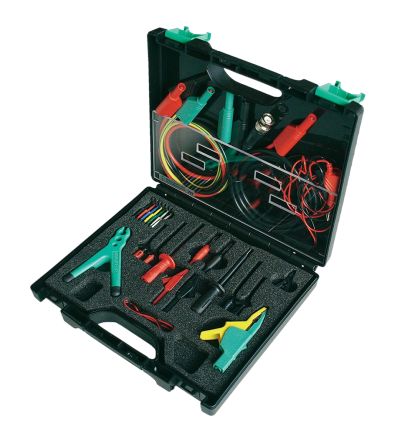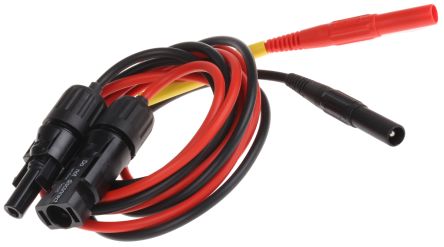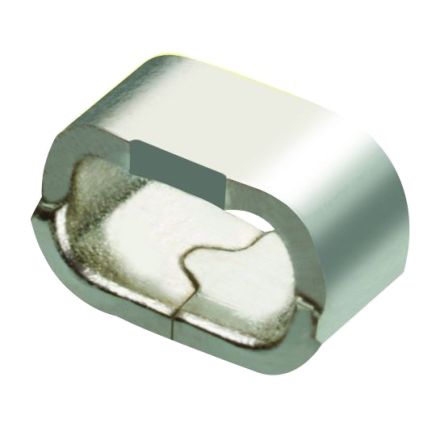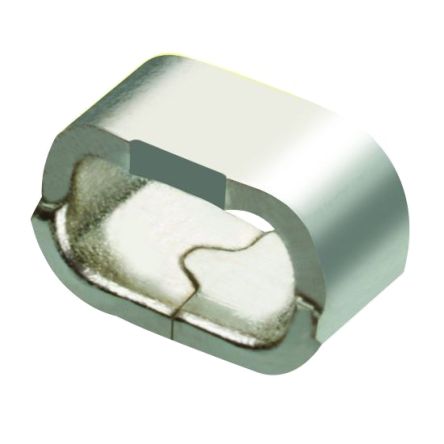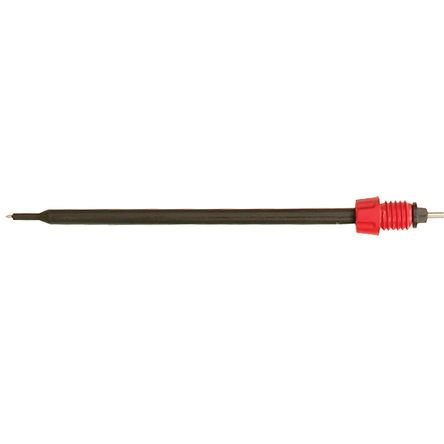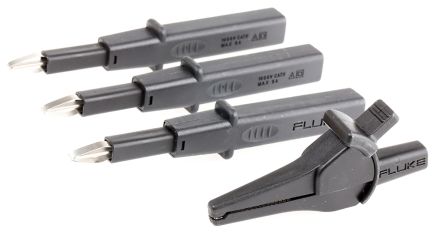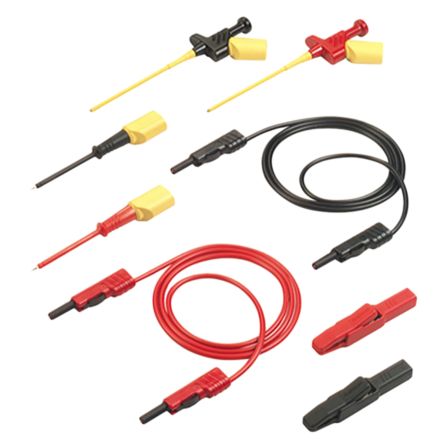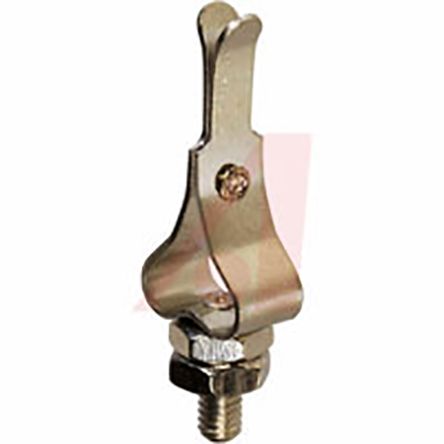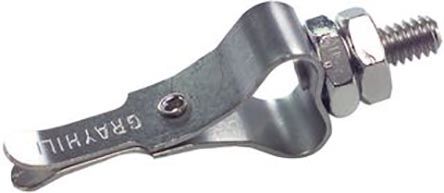COVID-19 Antigen Test - 2 pack
A simple and reliable lateral flow test for the detection of COVID-19 antigens.
Nasal swab sample
Results in 20 minutes
CE certified for self test use in the UK
Two tests per pack
98% Sensitivity, 100% Specificity
Meets World Health Organisation (WHO) specifications
SELFCheck COVID-19 Antigen Test - pack of 2
A simple and reliable lateral flow test for the detection of COVID-19 antigens from a nasal swab sample.
Unlike most tests provided by the UK Department for Health and NHS, these are a commercial alternative, designed and certified specifically for self testing. For example, our SELFCheck test only requires a nasal swab rather than a more invasive nasopharyngeal or tonsil swab. Anything that makes a self test easier to use by laypersons is more likely to improve compliance and reliability of results.
Nasal swab sample
Results in 20 minutes
CE certified for self test use in the UK
Two tests per pack
98% Sensitivity, 100% Specificity
Meets World Health Organisation (WHO) specifications
The SELFCheck COVID-19 Antigen Test is a rapid immunodiagnostic (lateral flow) test for the detection of the SARS-CoV-2 nucleocapsid protein in nasal swab samples. The test can be used by people who are asymptomatic or have experienced an onset of symptoms for less than 7 days.
This test has been specifically designed, developed and CE certified for self test use, according to the In Vitro Diagnostics Directive 98/79EC. This means that the SELFCheck COVID-19 Antigen Test can been be legally sold and used by laypersons in the UK and EU.
For adults and children age 15 and over.
The SELFCheck COVID-19 Antigen Test kits are assembled in ISO13485:2016 certified laboratories based at Glyndwr University in North Wales.
After infection, the SARS-CoV-2 virus infects your cells and starts to reproduce. In the first five days after infection, the SARS-CoV-2 virus is detectable in the nose and back of the throat.
The SELFCheck COVID-19 Antigen rapid lateral flow test uses specific antibodies to recognise proteins produced by the virus (nucleocapsid protein). When the virus is present in your nasal cavities at a detectable concentration level, it is detected by producing a coloured test line (T) in the reading window of the lateral flow test device. A control line appears under the C mark of the test device showing that the test completed correctly.Following infection with the SARS-CoV-2 virus, many symptoms may appear including fever, cough, sore throat, loss of the sense of taste or smell, or a rash. Recently, in younger people, symptoms may also include headache, runny nose and sore throat, similar to a bad cold (read more). It is recommended to perform SELFCheck COVID-19 Antigen Test within 5 days after the onset of symptoms or within 7 days after having been in contact with infected persons if you do not have any symptoms. The SELFCheck COVID-19 Antigen Test can be used at any time of the day, but it is not suitable for children under 15 years old.The results are accurate as long as the instructions are followed as written. Nevertheless, the result can be incorrect if the SELFCheck COVID-19 Antigen Test gets wet before using the test or if the procedure for using the swab or adding the drops is not followed correctly. The dropper bottle provided with your test ensures that the correct amount of sample is added to the test device.The SELFCheck COVID-19 Antigen Test should be considered as positive when, in addition to the control line (C), a red line also appears next to the Test (T) symbol. The test should be interpreted as positive even if the test line colour is faint.When this red line appears, it means that the test has been completed correctly.No. The result should be read exactly 20 minutes after adding the extraction solution. The result is reliable up to 30 minutes.If your result is positive, it means that SARS-CoV2 virus has been detected and that you should follow government advice. The presence of virus does not necessarily mean that you will develop a severe form of the disease but that you should take all advised precautions to avoid the transmission of the virus to other persons.If your result is negative, it means that there is no SARS-CoV-2 virus has been detected. However, it is possible that the virus has already migrated from your nasopharynx to the respiratory tract or that not enough virus has been collected on the swab. A false negative result can occur if the sample was not collected correctly. In case of doubt and if your are concerned about your symptoms please speak with your doctor.Evaluation of the SELFCheck COVID-19 Antigen Test showed a sensitivity of 98.03% and a specificity of 100% compared with the PCR reference method. These performances comply with the W.H.O. requirements. Although this test is reliable, doctors are aware that all medical tests may give a small number of false positive or negative results.
Yes. In the UK, tests like the SELFCheck COVID-19 Antigen Test



